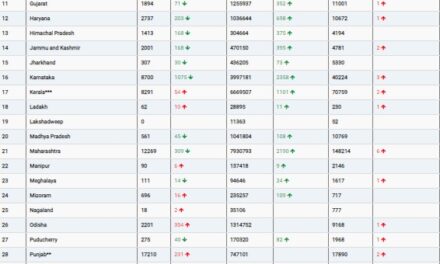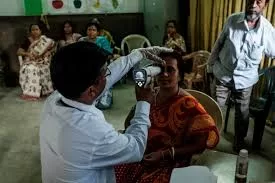Nov. 4, 2024 – A groundbreaking study by an international team led by biologists at Penn State has uncovered how lifestyle choices significantly shape the oral microbiome, the community of bacteria and microorganisms in the mouth. Analyzing diverse lifestyles in Nepal, researchers found that factors such as diet, subsistence methods, and even smoking habits can dramatically alter the composition of oral microbes, which play an essential role in digestion, immune support, and disease prevention.
The study, published today in Microbiome, examined 63 individuals in Nepal across various lifestyles—ranging from nomadic hunter-gatherers to settled agriculturalists and industrialized populations. This unique selection allowed the researchers to explore how subsistence strategies impact oral microbial diversity without geographic biases, such as differences in climate or healthcare access, that often complicate global studies.
“The oral microbiome has been understudied, especially outside Western populations,” said Dr. Emily Davenport, an assistant professor of biology at Penn State and the study’s lead researcher. “By exploring the diversity of oral microbiomes across different lifestyles within a single country, we’re broadening our understanding of how these microbes impact health worldwide.”
The researchers classified participants into groups based on their lifestyle: foragers who are nomadic hunters and gatherers, subsistence farmers who recently settled and began farming, long-time agriculturalists, and industrialized individuals, including both Nepali immigrants to the U.S. and U.S.-born residents. They then sequenced the DNA from saliva samples to identify bacterial species, finding that microbial compositions aligned with lifestyle gradients. For example, certain microbes were more common in foragers, while others dominated among industrialists.
The study also pinpointed specific lifestyle factors that shaped the microbiome, including diet and smoking. For instance, dietary staples such as barley and maize were associated with certain microbial species among traditional foragers, while rice and wheat influenced other species in settled populations. Additionally, the traditional practice of chewing sisnu, or nettle, a fibrous plant common in Nepali cuisine and medicine, was linked to distinct microbial patterns among foragers.
“It’s fascinating to see how something as specific as nettle chewing could impact the microbiome,” Davenport noted. “This underscores the importance of local foods and traditional practices in shaping microbial health.”
First author Erica Ryu, a Penn State biology graduate student, highlighted the broader implications: “This study provides insight into how lifestyle changes—from diet shifts to urbanization—can influence the oral microbiome. It suggests that health outcomes tied to microbiome imbalances may be similarly influenced.”
The findings underscore the need to include diverse, global populations in microbiome research, as the impact of lifestyle may vary widely across cultures and environments. By understanding how lifestyle affects microbiomes, researchers can gain insights into health risks and develop targeted interventions to maintain or restore microbiome balance.
“When people make lifestyle changes, from relocating to altering their diet, the microbiome changes, too,” Davenport said. “Understanding the pace and nature of these changes will help us unlock the role of microbes in health and disease.”
More Information:
Erica P. Ryu et al., “Nepali Oral Microbiomes Reflect a Gradient of Lifestyles from Traditional to Industrialized,” Microbiome (2024). DOI: 10.1186/s40168-024-01941-7












